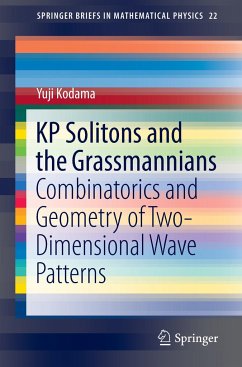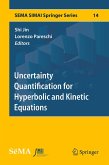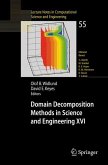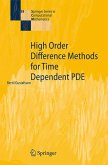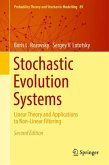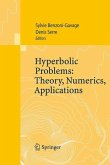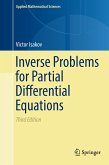This is the first book to treat combinatorial and geometric aspects of two-dimensional solitons. Based on recent research by the author and his collaborators, the book presents new developments focused on an interplay between the theory of solitons and the combinatorics of finite-dimensional Grassmannians, in particular, the totally nonnegative (TNN) parts of the Grassmannians.
The book begins with a brief introduction to the theory of the Kadomtsev-Petviashvili (KP) equation and its soliton solutions, called the KP solitons. Owing to the nonlinearity in the KP equation, the KP solitons form very complex but interesting web-like patterns in two dimensions. These patterns are referred to as soliton graphs. The main aim of the book is to investigate the detailed structure of the soliton graphs and to classify these graphs. It turns out that the problem has an intimate connection with the study of the TNN part of the Grassmannians. The book also provides an elementary introduction to the recent development of the combinatorial aspect of the TNN Grassmannians and their parameterizations, which will be useful for solving the classification problem.
This work appeals to readers interested in real algebraic geometry, combinatorics, and soliton theory of integrable systems. It can serve as a valuable reference for an expert, a textbook for a special topics graduate course, or a source for independent study projects for advanced upper-level undergraduates specializing in physics and mathematics.
The book begins with a brief introduction to the theory of the Kadomtsev-Petviashvili (KP) equation and its soliton solutions, called the KP solitons. Owing to the nonlinearity in the KP equation, the KP solitons form very complex but interesting web-like patterns in two dimensions. These patterns are referred to as soliton graphs. The main aim of the book is to investigate the detailed structure of the soliton graphs and to classify these graphs. It turns out that the problem has an intimate connection with the study of the TNN part of the Grassmannians. The book also provides an elementary introduction to the recent development of the combinatorial aspect of the TNN Grassmannians and their parameterizations, which will be useful for solving the classification problem.
This work appeals to readers interested in real algebraic geometry, combinatorics, and soliton theory of integrable systems. It can serve as a valuable reference for an expert, a textbook for a special topics graduate course, or a source for independent study projects for advanced upper-level undergraduates specializing in physics and mathematics.

